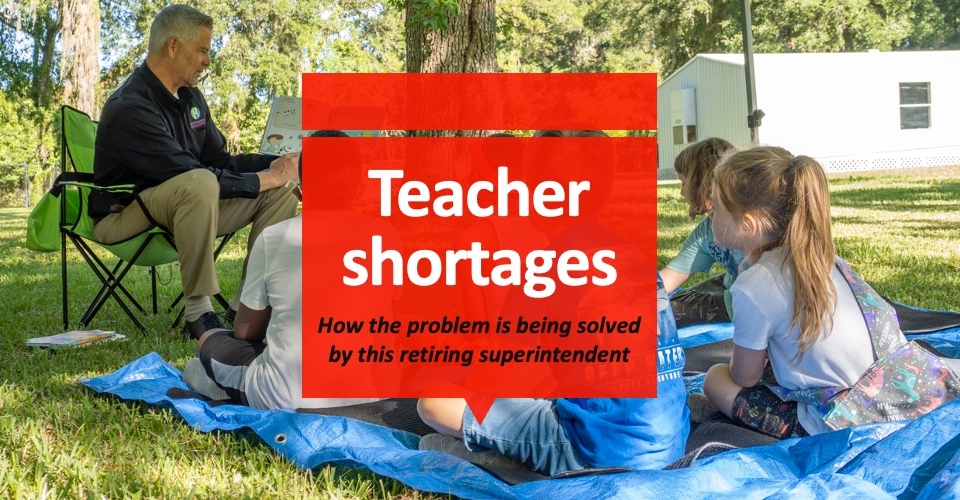Imagine a world where a young child’s comprehension of a text written by Dr. Seuss could predict whether they will graduate from high school more than a decade later. This may sound as nonsensical as a plot from Dr. Seuss himself, but it’s not a work of fiction.
Numerous studies show that students who cannot reach grade-level reading proficiency by third grade rarely catch up and face a greater risk of not graduating from high school. Alarmingly, a groundbreaking new report shows that, nationwide, children who were ages 1 through 4 when pandemic-related school and childcare disruptions began are now coming to school less prepared and struggling to achieve grade-level success.
The implications of these learning gaps are stark. They also explain why State Board of Education President Linda Clark listed “improving K-3 literacy” as Idaho’s top education goal for 2024. More than 60%% of Idaho students went back to school this September without the skills necessary to reach grade level, according to results from the most recent Idaho Reading Indicator assessment.
A data-driven cultural shift
In West Ada, the state’s largest district, our teachers could see evidence of learning loss in nearly every classroom across our 58 schools, from kindergarten through 12th grade. Like many schools in Idaho and across the nation, our district’s challenge in overcoming learning gaps was determining how to allocate the right resources to meet the individual needs of 40,000 students, all of whom were still adjusting to significant disruption. We turned to data to find that answer.
First, creating an ecosystem of data required a fundamental cultural shift around assessment. A broad misconception is that data is primarily used for punitive measurements, determining whether teachers meet the right metrics in their classrooms each year. This mindset reduces students to numerical figures while placing too much pressure on teachers to meet certain benchmarks at the end of the year.
We endeavored to redefine assessments as an instrument for learning and mutual accountability for a student’s success. Now, our teachers are trained to access, evaluate, and communicate data in real-time. They embed diagnostic tests into instruction rather than building instruction toward one or two high-pressure statewide tests. As a result, data serves as the foundation for a constant, continuous conversation between teachers, principals, and families.
‘Talking Out of School’ podcast: Sandy Hook Promise’s Nicole Hockley on to spotting students who need help
In the last nine years, we have worked with Curriculum Associates, the makers of i-Ready. These programs for K-8 math and reading equip educators with data about students’ skills and areas for growth. In the past, results from state reading assessments each spring would inform teachers about their new class of students, helping them identify learning gaps and skillset needs.
Now, instead of using data as a snapshot—and measuring students’ progress once or twice annually—West Ada’s teachers use i-Ready assessments multiple times throughout the year. Our teachers can now adjust instructional planning decisions and create individualized pathways for every student to succeed. We use assessments to drive progress, not just measure it.
Principals are playing a key role, too
And it’s not just our teachers who embrace data to advance student achievement. Our principals use data to facilitate honest conversations with teachers and students’ families. Our district leaders use data to inform our Leadership Institutes, a regularly programmed in-service day focused on solving department- or grade-level trends and challenges. During our Leadership Institutes, we zero in on data to understand how we can adapt instruction and, ultimately, improve student learning.
Having dependable, accessible data is no longer an advantage in today’s classrooms. It is an imperative. According to results from last spring’s Idaho Reading Indicator assessment, more than 77% of our students are now reading at grade level. As of January 2024, 75% of kindergarten-through-third-grade students are reading at grade level. Although we are encouraged by this progress, our primary goal remains to help every student reach grade-level proficiency.
Every child has the potential to overcome adversity and—in the words of Dr. Seuss—move mountains. We will continue to foster a culture of assessment and embrace data to achieve that goal and help our students reach the places they’ll go.









